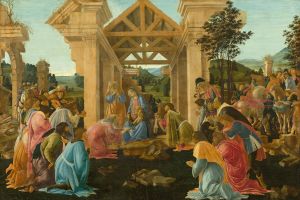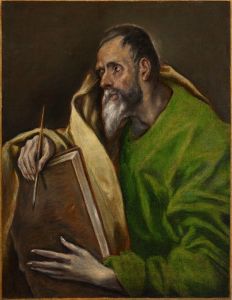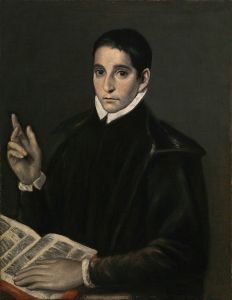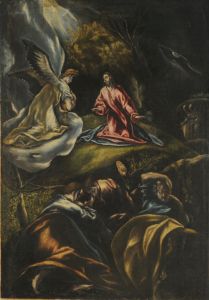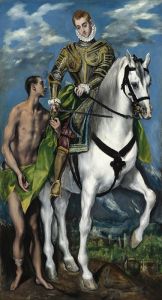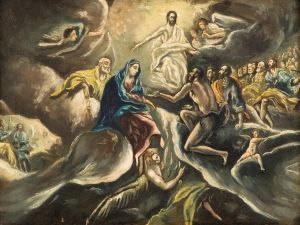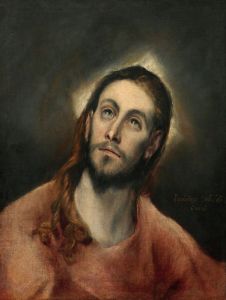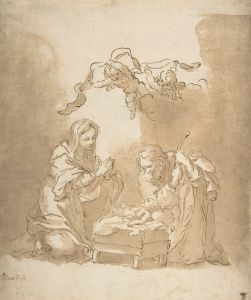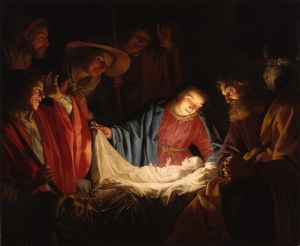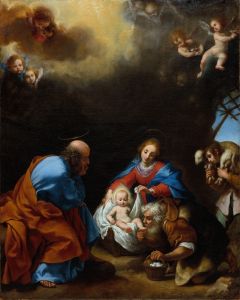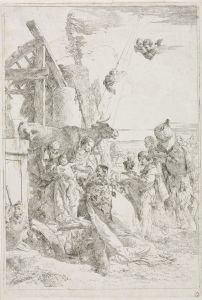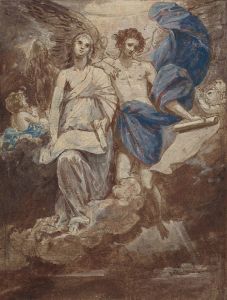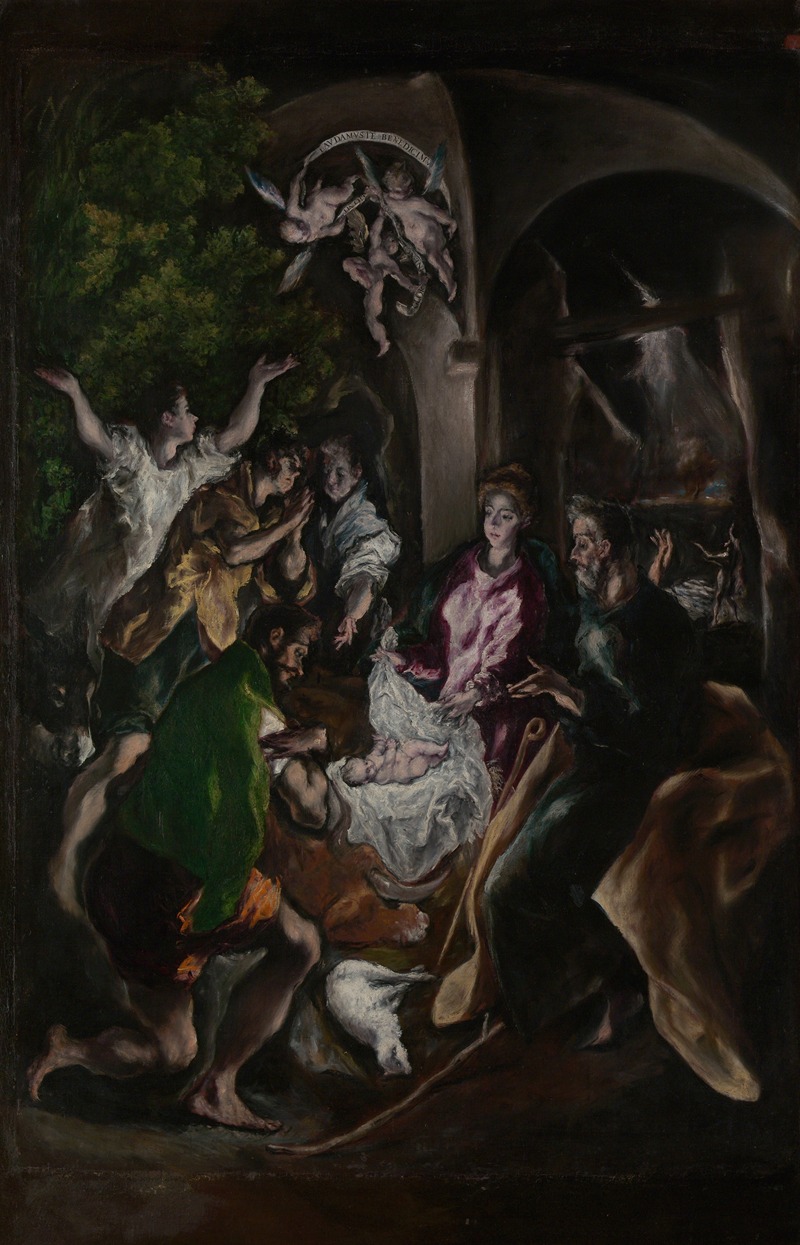
The Adoration of the Shepherds
A hand-painted replica of El Greco (Domenikos Theotokopoulos)’s masterpiece The Adoration of the Shepherds, meticulously crafted by professional artists to capture the true essence of the original. Each piece is created with museum-quality canvas and rare mineral pigments, carefully painted by experienced artists with delicate brushstrokes and rich, layered colors to perfectly recreate the texture of the original artwork. Unlike machine-printed reproductions, this hand-painted version brings the painting to life, infused with the artist’s emotions and skill in every stroke. Whether for personal collection or home decoration, it instantly elevates the artistic atmosphere of any space.
"The Adoration of the Shepherds" is a renowned painting by the Greek-born Spanish artist El Greco, whose real name was Domenikos Theotokopoulos. This artwork is one of the most celebrated pieces from El Greco's later period and is notable for its dramatic use of color, light, and form, which are characteristic of his unique style that blends elements of the Renaissance and Mannerism.
El Greco painted "The Adoration of the Shepherds" between 1612 and 1614, during his final years in Toledo, Spain. This painting was created as part of an altarpiece for the church of the Hospital de la Caridad in Illescas, a small town near Toledo. It was commissioned by the hospital's administrators, who were seeking to enhance the spiritual atmosphere of their institution with religious artworks.
The painting depicts the biblical scene of the shepherds visiting the newborn Jesus Christ, a popular subject in Christian art. El Greco's interpretation of this scene is distinctive for its emotional intensity and spiritual fervor. The composition is vertically oriented, drawing the viewer's eye upwards, which is a common feature in El Greco's work that suggests a connection between the earthly and the divine.
In "The Adoration of the Shepherds," El Greco employs a vivid color palette, with striking contrasts between the dark, shadowy background and the luminous figures of the shepherds, the Holy Family, and the angels. The figures are elongated and twisted, a hallmark of El Greco's style, which adds a sense of movement and dynamism to the scene. The use of light is particularly noteworthy; the infant Jesus is the source of a supernatural light that illuminates the faces of the surrounding figures, emphasizing the divine nature of the event.
The painting reflects El Greco's deep religious convictions and his interest in the mystical aspects of Christianity. His unique approach to religious subjects was influenced by his Greek Orthodox background, his exposure to Italian Renaissance art, and his life in Catholic Spain. El Greco's work often transcended the conventional boundaries of his time, and "The Adoration of the Shepherds" is a prime example of his innovative spirit.
This painting is housed in the Museo del Prado in Madrid, Spain, where it is part of a significant collection of El Greco's works. The Museo del Prado is one of the most important art museums in the world, and it provides a comprehensive view of El Greco's artistic development and his contributions to the history of art.
"The Adoration of the Shepherds" continues to be studied and admired for its expressive power and its ability to convey the spiritual essence of the Nativity. El Greco's ability to blend different artistic traditions and his visionary approach have secured his place as one of the most influential artists of his time.






